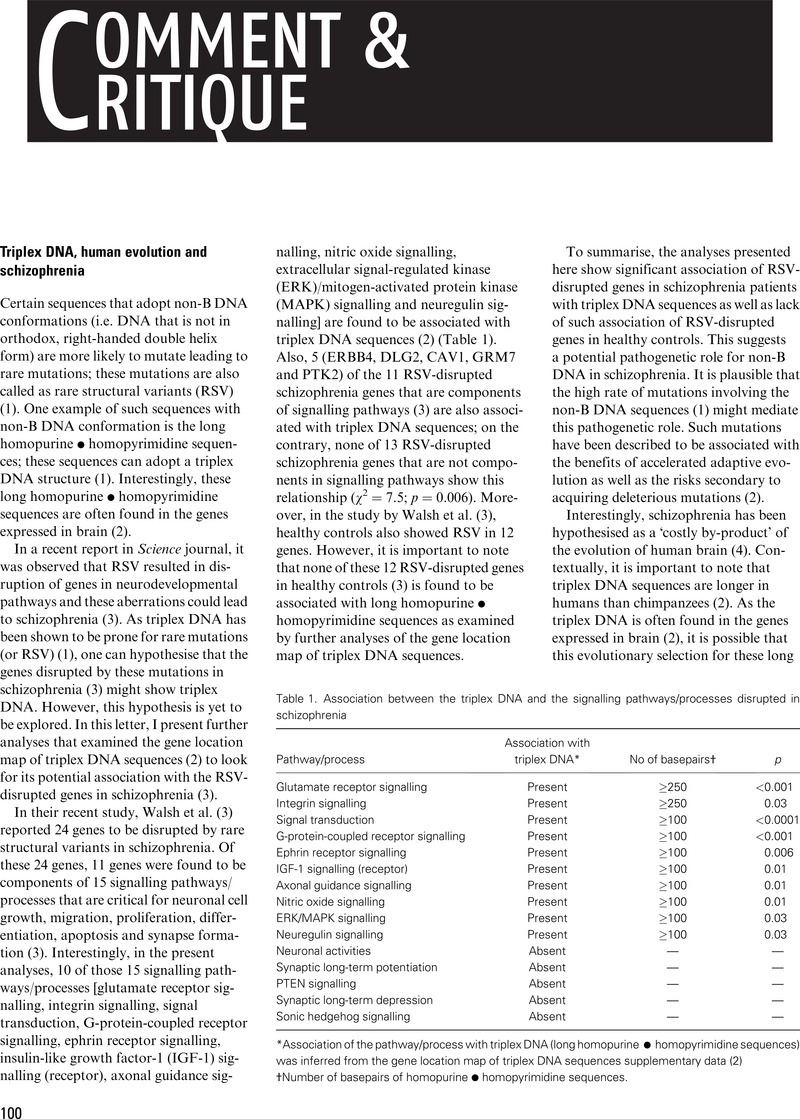Crossref Citations
This article has been cited by the following publications. This list is generated based on data provided by Crossref.
Zhao, Junhua
Bacolla, Albino
Wang, Guliang
and
Vasquez, Karen M.
2010.
Non-B DNA structure-induced genetic instability and evolution.
Cellular and Molecular Life Sciences,
Vol. 67,
Issue. 1,
p.
43.



